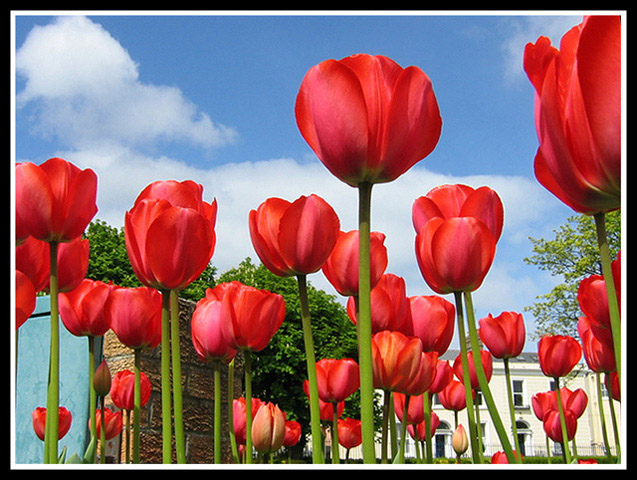The authors are working on the project “Crop Flora of al-Andalus,” which aims to recover the crop diversity of the Middle Ages in western Europe during the Islamic period. The documental sources of this study are all the agricultural treatises written in this territory and culture between the 10th and 14th centuries. Al-Andalus was the territory occupied by Islam between the 8th and 15th centuries, varying over time on varying regions on the Iberian Peninsula. In this period, a genuine agricultural revolution took place, as well as the incorporation into the Western world of many Eastern agricultural species. When we focused on the study of ornamental species used in gardens, courtyards, and houses, tulips could be identified in several texts, the main one being the ‘Umda, a botanical work written at the end of the 11th century or beginning of the 12th, probably by the agronomist Abu l-Jayr. Tulips are mentioned in this text 500 years before the first known references to their introduction into Europe, traditionally asserted to be from the Ottoman Empire to Holland via Austria, always in the 16th century. Thus the route of these ornamental bulbs in their passage from East to West must be modified.
Full text: Tulips
In: Economic Botany, 63(1), 2009, pp. 60–66. -The New York Botanical Garden Press, Bronx, NY. – 10458-5126
This post is available in: English Español

